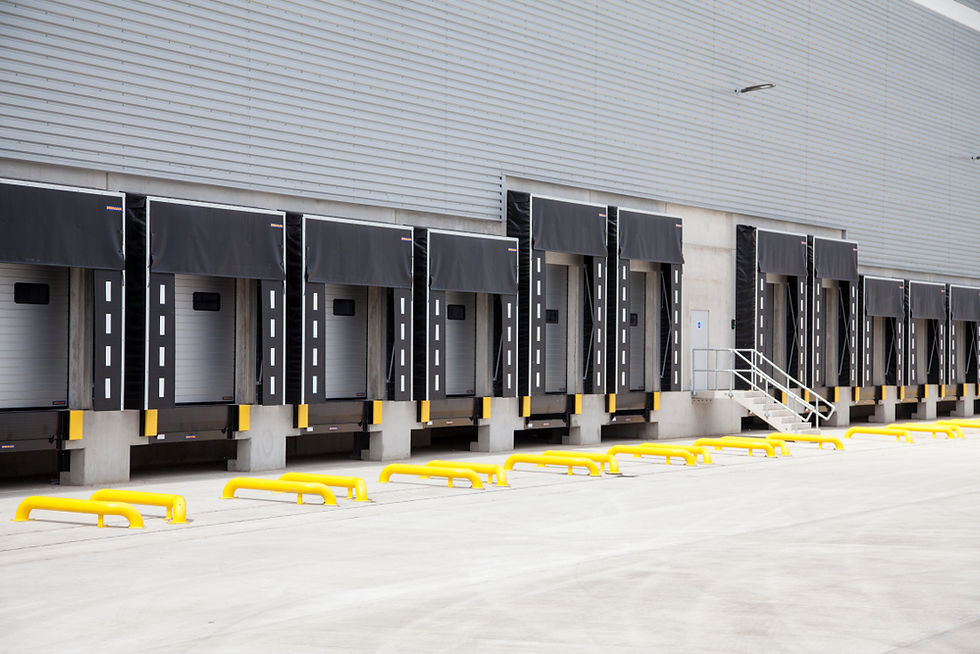Why Tiny Homes Victoria Are Redefining Modern Living Spaces
- Anna Brake
- 1 day ago
- 4 min read
In recent years, tiny homes have captured the imagination of many Australians, particularly in Victoria. These compact, cleverly designed dwellings are more than just a trend—they are reshaping how people think about housing and lifestyle. Tiny homes Victoria embody a shift towards simplicity, sustainability, and smart use of space, challenging conventional notions of what a home can be.
As housing affordability becomes a pressing issue, and environmental concerns rise, Victorian residents are increasingly drawn to the benefits tiny homes offer. From first-time buyers and downsizers to environmentally conscious individuals, these homes provide an innovative alternative that fits modern needs without compromising comfort or style.
This blog explores why tiny homes in Victoria are revolutionizing living spaces, the key advantages they provide, and what the future holds for this dynamic housing movement.
The Concept of Tiny Homes: More Than Just Small Spaces

At its core, a tiny home is a residence typically ranging from 10 to 50 square meters. What distinguishes tiny homes is not just their size but their intentional design focused on efficiency and multifunctionality.
Intelligent Space Utilization
In Victoria, tiny homes maximize every square meter, often using foldable furniture, built-in storage, and open-plan layouts. This intelligent use of space means residents enjoy all the amenities of larger homes but in a streamlined, uncluttered environment.
Customization and Personalization
Many Victorian tiny home builders offer customizable designs, allowing homeowners to tailor their living spaces according to lifestyle preferences. From rustic cabins to sleek modern pods, the options are vast, emphasizing individuality without excess.
Why Tiny Homes Are Gaining Traction in Victoria
Victoria’s unique social, economic, and environmental factors contribute to the growing popularity of tiny homes.
Addressing Housing Affordability
With real estate prices soaring in Melbourne and regional areas, tiny homes offer an affordable entry point into property ownership. Lower land and construction costs enable people from various financial backgrounds to achieve homeownership sooner.
Promoting Sustainable Living
Victorians are increasingly aware of their environmental footprint. Tiny homes, with their smaller resource consumption and potential for off-grid living, align perfectly with sustainability goals. Many tiny homes in Victoria incorporate solar panels, rainwater harvesting, and eco-friendly materials.
Flexibility and Mobility
Some tiny homes are designed to be portable, allowing owners the freedom to relocate without leaving their home behind. This mobility suits the modern desire for flexibility in work, travel, and lifestyle.
How Tiny Homes Victoria Redefine Modern Living
Minimalism Meets Functionality
Tiny homes encourage a minimalist lifestyle by promoting quality over quantity. Instead of accumulating possessions, residents focus on meaningful experiences and purposeful living. This shift fosters mental clarity and reduces the stress associated with maintaining large properties.
Enhanced Connection with Nature
Many tiny homes are situated in natural or semi-rural settings across Victoria, offering residents an opportunity to reconnect with the environment. Large windows, outdoor decks, and natural materials enhance this connection, making living spaces feel open and airy despite their compact size.
Technological Integration
Modern tiny homes in Victoria often feature smart home technology that optimizes energy use and convenience. From automated lighting and climate control to solar battery management, these innovations make small-space living highly efficient and comfortable.
Overcoming Challenges: What to Know About Tiny Homes in Victoria
While the advantages are compelling, prospective tiny homeowners in Victoria should be aware of certain challenges.
Zoning and Planning Regulations
Local council regulations can affect where and how tiny homes can be placed. Some areas have minimum size requirements or restrictions on permanent dwellings. However, many councils are beginning to adapt, recognizing tiny homes as a viable housing solution.
Land Ownership and Site Preparation
Securing affordable land remains a hurdle, particularly near metropolitan hubs. Additionally, site preparation, including utilities connection or off-grid system installation, requires careful planning and investment.
Resale and Financing
Traditional financing options can be limited for tiny homes, as banks may see them differently from conventional properties. Resale value can also vary, so understanding the market and financial planning is essential.
The Role of Builders and Communities in Victoria’s Tiny Home Movement

Specialized Builders Delivering Expertise
Victoria boasts a growing number of builders specializing in tiny homes. These experts understand the nuances of small-space design, materials selection, and sustainable building practices. Collaborating with experienced builders ensures that each tiny home is safe, comfortable, and tailored to client needs.
Emerging Tiny Home Communities
Tiny home communities are gaining traction across Victoria, offering shared amenities and a sense of belonging among residents. These communities foster social connections while maintaining the privacy and independence of individual homes.
Future Outlook: What Lies Ahead for Tiny Homes in Victoria
The tiny home trend in Victoria is far from fleeting. With increasing interest in affordable housing, sustainable living, and lifestyle flexibility, tiny homes are set to become a mainstream housing option.
Government initiatives aimed at addressing housing shortages and promoting green building practices are likely to support the growth of tiny homes. Technological advancements will continue to enhance energy efficiency and livability, making tiny homes an even more attractive choice.
Furthermore, as cultural attitudes shift towards valuing experiences over possessions, tiny homes will resonate strongly with a wide demographic, from young professionals to retirees.
Conclusion:
Tiny homes in Victoria are more than just a housing alternative; they are redefining how people live, work, and interact with their environments. Offering affordability, sustainability, and innovative design, these homes meet the needs of modern life while encouraging simplicity and connection.
For anyone considering a new way of living, tiny homes present an exciting opportunity to embrace a lifestyle that balances freedom with responsibility. As the movement continues to grow, Victoria is becoming a leader in modern, small-scale living solutions that challenge traditional ideas and inspire a more mindful future.




Comments